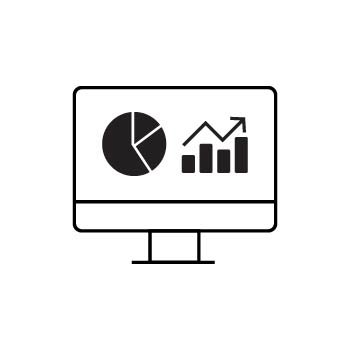Understanding Google Search Console Messages
Google Search Console is a great tool for seeing how your site appears in search results—but sometimes, the messages it shows can be a little confusing. This guide will help you understand what these messages mean and what (if anything) you need to do.
Please Note: Zibster is not affiliated with Google. Our Passionate Support Team is happy to help you install your Google Search Console verification code, but for questions about how Google Search Console works, we recommend using Google Search Console Help.
Page Indexing Messages from Google
Pro Tip: If you see pages listed in Search Console that aren’t being indexed, don’t panic! Google chooses which pages to index and when—but you can monitor what’s actively being included in search results right from your dashboard.
Alternate Page with Proper Canonical Tag
What it means:
This page is a version of another page—like a mobile version of a desktop page or a translated version of your main page.
What to do:
Nothing! Google is correctly recognizing that this page is connected to the main version and has indexed that one. Everything is working as it should.
Duplicate Without User-Selected Canonical
What it means:
Google has found duplicate content and chose which version to index, but you haven’t told Google which version you prefer.
What to do:
Use the Inspect URL tool in Search Console to see which version Google is using. If you'd rather have a different page indexed, set a canonical tag on that page to tell Google which version to treat as the original.
Duplicate, Google Chose Different Canonical Than User
What it means:
You told Google which page should be the "main" version (via a canonical tag), but Google picked a different one.
What to do:
-
Use the Inspect URL tool to see:
-
Google-selected canonical
-
User-declared canonical
-
-
Compare the pages. If your chosen canonical isn't similar enough to the current page, Google may ignore your suggestion.
-
Make sure your pages are clearly related if you want to use a canonical tag.
Not Found (404)
What it means:
Google tried to visit a page on your website but got a “404 Not Found” error—this means the page doesn’t exist anymore.
What to do:
Set up a 301 redirect from the missing page to a relevant existing page.
👉 Check out our step-by-step guide here:
How to Fix Not Found (404) Pages in Google Search Console
Soft 404
What it means:
Google sees the page, but thinks it’s basically empty (not valuable content-wise), so it’s not being indexed.
What to do:
You can fix this by either adding strong content or setting up a 301 redirect.
👉 Learn more here:
How to Fix Not Found (404) Pages in Google Search Console
Page with Redirect
What it means:
This is normal! It just means one URL redirects to another. For example, yourdomain.com/page and yourdomain.com/page/ might both point to the same content.
What to do:
Nothing—Google will index the final destination URL. This is expected behavior.
Server Error (5xx)
What it means:
Google tried to access a page, but your site returned a server error. This usually means the page was temporarily unavailable.
Here are some common 5xx errors:
- 500 – Internal Server Error
- 501 – Not Implemented
- 502 – Bad Gateway
- 503 – Service Unavailable
- 504 – Gateway Timeout
- 505 – HTTP Version Not Supported
- 506 – Variant Also Negotiates
- 507 – Insufficient Storage
- 508 – Loop Detected
- 509 – Bandwidth Limit Exceeded
- 510 – Not Extended (RFC 2774)
- 511 – Network Authentication Required
What to do:
If this continues, contact your web hosting provider or Zibster Support. You may need to check your site’s server settings or performance.
Crawled - Currently Not Indexed
What it means:
Google looked at this page but didn’t add it to the search index.
What to do:
No immediate action is needed. Google may index it later—or it may have decided the content isn’t unique or valuable enough. Make sure the content is clear, original, and helpful to users.
Discovered - Currently Not Indexed
What it means:
Google knows the page exists, but hasn’t visited (crawled) it yet. This might happen if Google wants to avoid overloading your site.
What to do:
You can speed things up by using the URL Inspection Tool and clicking Request Indexing.

